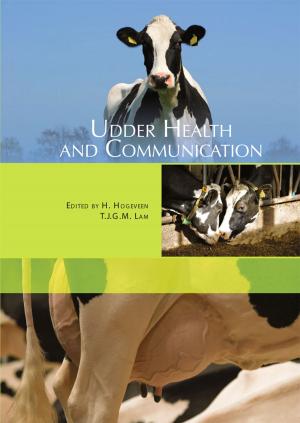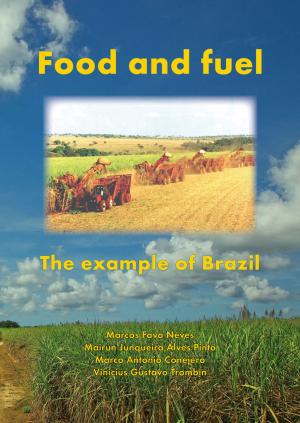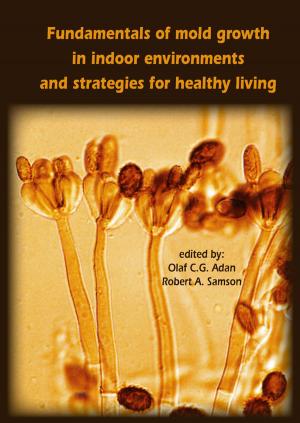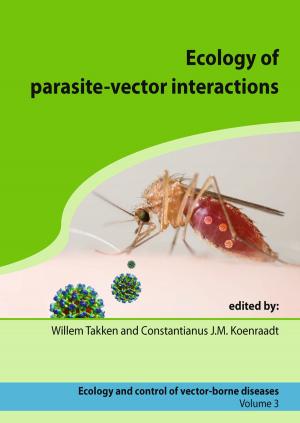| Author: | ISBN: | 9789086867554 | |
| Publisher: | Wageningen Academic Publishers | Publication: | August 17, 2012 |
| Imprint: | Wageningen Academic Publishers | Language: | English |
| Author: | |
| ISBN: | 9789086867554 |
| Publisher: | Wageningen Academic Publishers |
| Publication: | August 17, 2012 |
| Imprint: | Wageningen Academic Publishers |
| Language: | English |
Forages should be the basis of all diets in horse feeding. Therefore it is of major importance to determine which parameters will influence their quality. Changes on chemical composition along the vegetative cycle, nutrient losses during harvesting, preservation and storage are factors that could have an effect on nutritive value, as well on digestibility and palatability. A specific grazing and ingesting behaviour, linked to plant preferences and the selection of feeding sites will have an impact on biodiversity. This will determine the options on plant species and varieties and further management of pastures for horses. This book highlights the role of forages and grazing in horse nutrition and also gathers information about related topics, such as the contribution of local breeds for the sustainability and development of rural areas, their impact on landscape and relationships with environmental preservation. This book is the 6th volume in a scientific series conceived through the European Workshop on Equine Nutrition (EWEN) which falls under the umbrella of the Horse Commission of the European Federation of Animal Science (EAAP). All these materials provide an interesting basis for further discussion, not only in specialized forums, but also for those involved in horse production.
Forages should be the basis of all diets in horse feeding. Therefore it is of major importance to determine which parameters will influence their quality. Changes on chemical composition along the vegetative cycle, nutrient losses during harvesting, preservation and storage are factors that could have an effect on nutritive value, as well on digestibility and palatability. A specific grazing and ingesting behaviour, linked to plant preferences and the selection of feeding sites will have an impact on biodiversity. This will determine the options on plant species and varieties and further management of pastures for horses. This book highlights the role of forages and grazing in horse nutrition and also gathers information about related topics, such as the contribution of local breeds for the sustainability and development of rural areas, their impact on landscape and relationships with environmental preservation. This book is the 6th volume in a scientific series conceived through the European Workshop on Equine Nutrition (EWEN) which falls under the umbrella of the Horse Commission of the European Federation of Animal Science (EAAP). All these materials provide an interesting basis for further discussion, not only in specialized forums, but also for those involved in horse production.















